
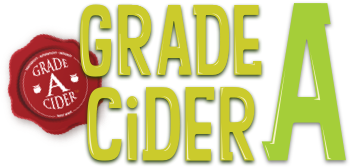
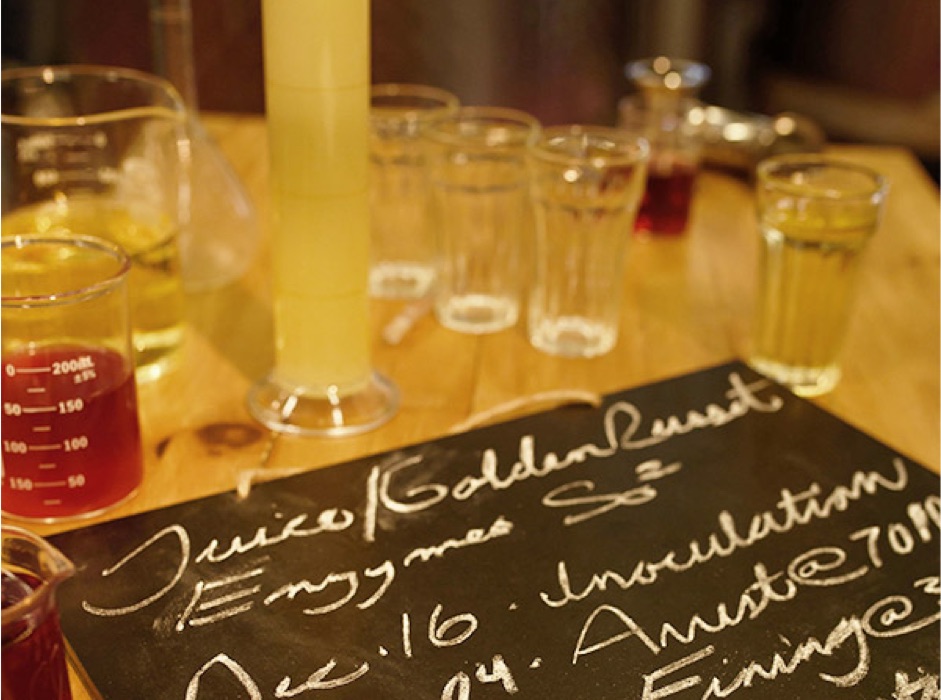
All in all, irrelevant of the apple varieties used, two common denominators tend to come back again and again in the production of authentic ciders:
It therefore makes sense that these two common recurring denominators become the backbone of any cider standard. By using these two variables to define the cider category and by reviewing the most widely used current cider production methods, we identified three main production methods to produce an alcoholic cider in the 5% alc./vol. range. These 3 production methods and main elements relevant to each method are highlighted in the table below:
Single strength cider made with 100% freshly pressed apple juice with no water, sugar, or concentrate added at the fermentation stage.
Also known as high alcohol cider-making – Sugar/fructose is added to the apple juice base and fermented to 10 to 12% alc./vol. Before packaging, 50 to 65% water is added to dilute the alcohol content to 5%.
No apple juice required. The apple concentrate is mixed with water and sugar/fructose and fermented to desired % alc./vol. Anything goes in terms of ingredients and method of production. Final dilution of 65 up to 85% with water.
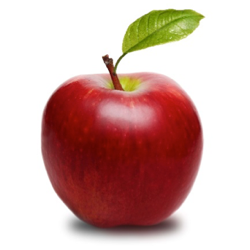
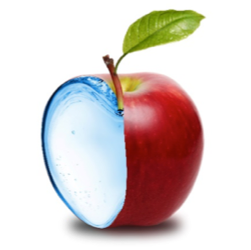
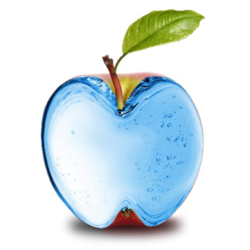
0 to 20%
50 to 65%
65 to 85%
Identifiable region
Wherever
Wherever
The above three cider production methods for ciders, cocktails and fermented beverages respectively probably account for more than 80% of the ciders and so called ciders currently sold in markets worldwide.
The production methods are straightforward to understand and would be an ideal way to segment and label ciders and other fermented apple-based products currently sold on the market.
They would eliminate the confusion in the cider category where ciders made from 100% apple juice using the single strength cider-making method are sold side-by-side with so called ciders better known as cocktails and fermented beverages. A win-win criteria for producers, retailers and consumers alike.